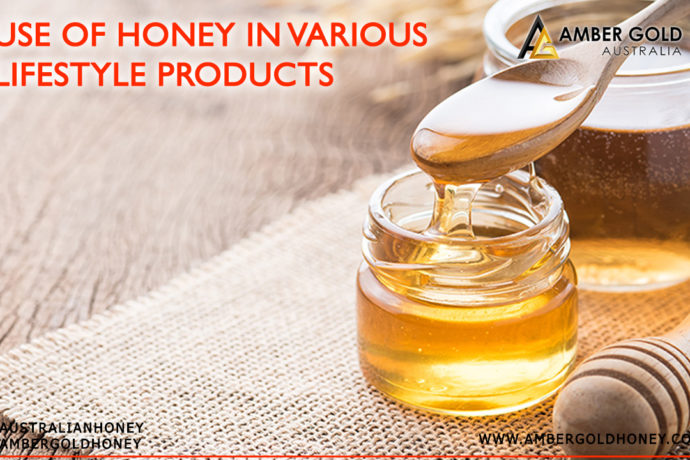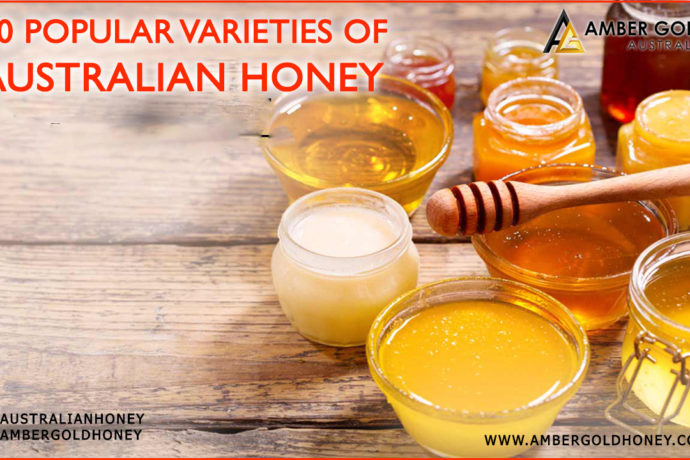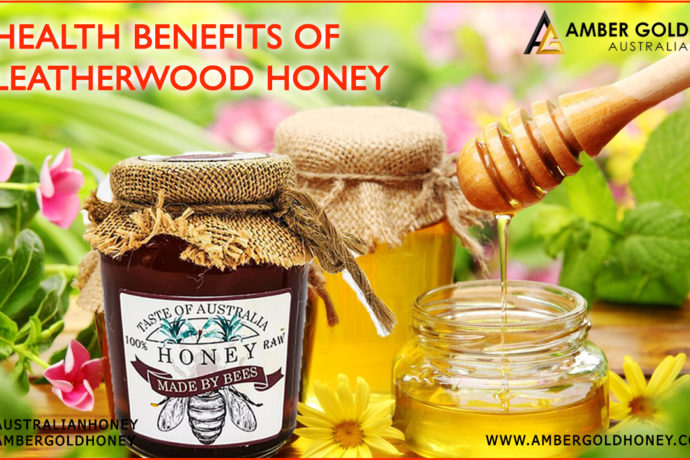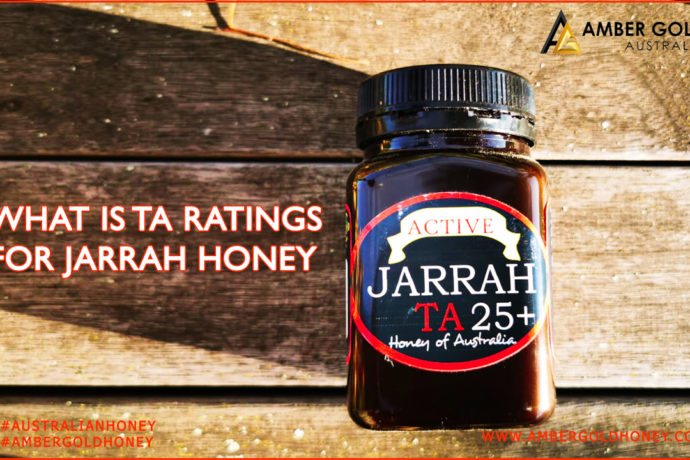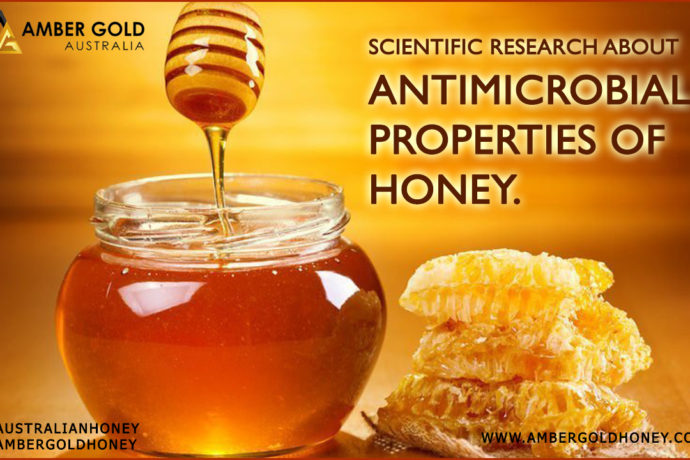Honey The Natural Sweetener
Honey’s chemical composition is quite complicated and changes depending on the botanical source. Since ancient times, it has been utilised as both a food and a medicinal. It has been shown to have antibacterial properties against a variety of harmful pathogens. Honey’s antioxidant activity is significant in a variety of diseases and is related to a variety of substances such as phenolics, peptides, organic acids, and enzymes.
Honey has also been used as a natural remedy for gastrointestinal, cardiovascular, and inflammatory conditions. It can also be used as an anticancer, anti-diabetic, and weight-loss drug. Aside from its therapeutic properties, it also functions as a prebiotic, promoting the growth of bacteria.
For a long time, sugar has been consumed. Humans can employ a variety of natural and synthetic sweeteners. The most common sweetener used in food and beverage production is high-fructose corn syrup.
Contains nutrients
Honey is a viscous, sweet liquid produced by honeybees. Bees gather sugar from their surroundings, primarily the sugar-rich nectar of flowers. They swallow, digest, and regurgitate the nectar repeatedly once within the hive.
Honey is the end result, a liquid that bees use to store food. The smell, colour, and taste of the flowers vary depending on which ones are visited. 1 tablespoon (21 grammes) of honey contains 64 calories and 17 grammes of sugar, which includes fructose, glucose, maltose, and sucrose.
Helps controlling blood pressure
High levels of LDL cholesterol are a major risk factor for heart disease. Atherosclerosis, or fatty accumulation in the arteries that can lead to heart attacks and strokes, is caused by this type of cholesterol. Honey has been shown in multiple trials to help lower cholesterol levels.
It lowers total and “bad” LDL cholesterol while increasing good HDL cholesterol considerably. One study compared honey to table sugar in 55 individuals and found that honey induced a 5.8% reduction in LDL cholesterol and a 3.3 percent increase in HDL cholesterol.
Heals the wounds
Honey has been used to treat wounds and burns since ancient Egypt, and it is still widely used today. Honey was shown to be the most effective at healing partial-thickness burns and wounds that had become infected after surgery in a review of 26 trials on honey and wound care.
Honey can also help with diabetic foot ulcers, which are major consequences that can result in amputation. Honey as a wound therapy had a 43.3 percent effectiveness rate in one study. In another study, topical honey treated 97 percent of diabetic ulcers in patients. Honey is thought to have therapeutic properties, according to researchers.
Wrap up
Natural sweeteners such as honey, maple syrup, and agave syrup are nutritious and have high sugar levels, which appeal to consumers searching for something healthier. Honey was the world’s first sweetener, and it possesses biological qualities like antioxidants, antibacterial capabilities, and anticancer properties. Maple syrup is most popular in the United States and Canada. Agave syrup is a recently developed and commercialised Mexican product.



